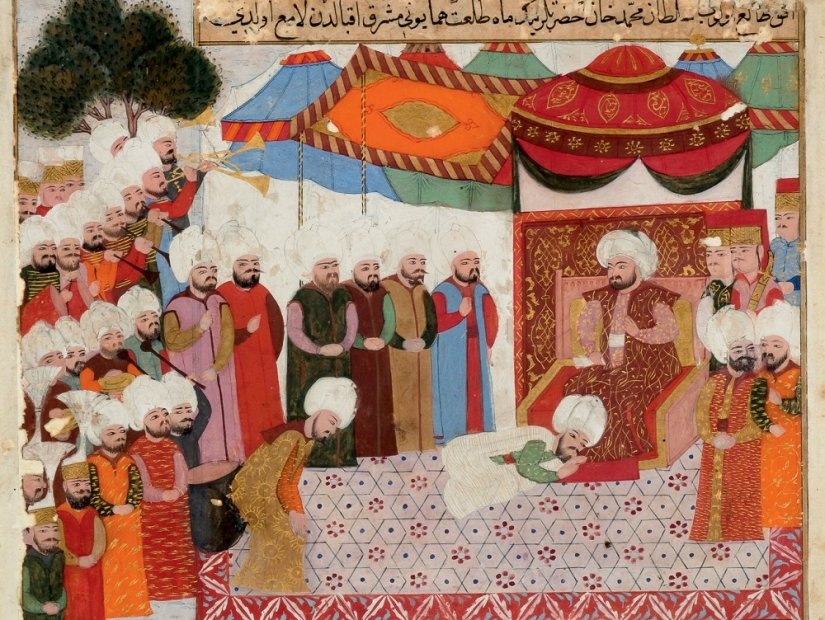Blog
Turkish Miniature Art: An Ottoman Legacy
Turkish Miniature Art: An Ottoman Legacy
Turkish Miniature Art: An Ottoman Legacy
The eastern world made great contributions to art. Miniature art is one of the artistic wonders that the East has brought to the world. The word miniature comes from the red Miniatura decoration around the calligraphic letters at the beginning of the chapters of manuscripts in medieval Europe. However, over time, under the influence of the word minor (small), it started to mean small painting. The oldest miniatures were found in Egypt. The miniatures engraved on papyrus in the 3rd century BC are the oldest known miniatures.
Miniature art is one of the traditional Turkish arts. It has come to the present from the 8th century thanks to the Uighurs. The miniature was very common in the Ottoman period. It is the painting art of the Ottoman Empire. Especially in the period of Suleiman the Magnificent, the subjects described in manuscripts were enriched with miniatures. The important miniaturist of the Kanuni period is Matrakçı Nasuh.
Miniature is a very finely crafted, small size, traditional painting art with its own painting technique and way of expression. It is made to support the text to clarify the subject in manuscripts. In miniature, distance is not expressed in color or shadow. Human figures are drawn larger or more detailed according to the order of importance of the persons. The same is true for architectural elements (buildings, bridges) in miniatures. The person or place that is considered important in miniature is drawn larger than other architectural elements in proportion. There are many details in miniature. Trees, leaves, flowers, human and animal figures, and interior arrangements are given in full detail. Colors were used regardless of reality. For example, rocks can be pink, horses blue, mountains, and hills magenta and yellow. The colors were generally vibrant and bright. Gold and silver were often used in miniature. Gold was preferred in people’s clothes, and silver was preferred in seas and rivers. In the past, dyes obtained from the roots and stems of plants, various soils, and metal oxide compounds were used in miniature, as in the art of illumination. Today, generally watercolor, gouache, and acrylic paints are used. Also, gold and silver can be preferred.
Miniature is an art that requires detail, so it should be done delicately. The use of brushes made of kitten’s hair shows how fine craftsmanship is required. The dyes are made from soil, diluted with water, and their brightness is provided with egg yolk.
Art of miniature is essential with its aesthetic value as well as having a quality that enlightens many aspects of Ottoman culture.


